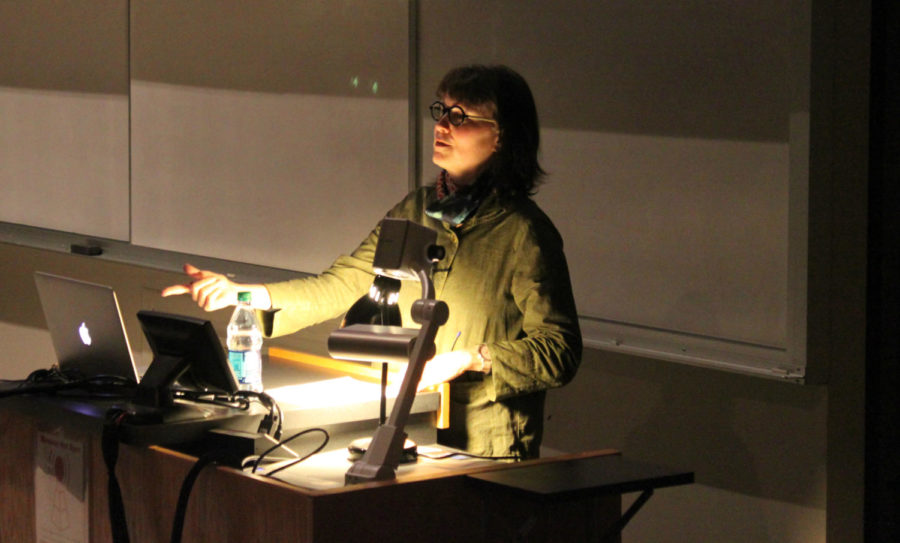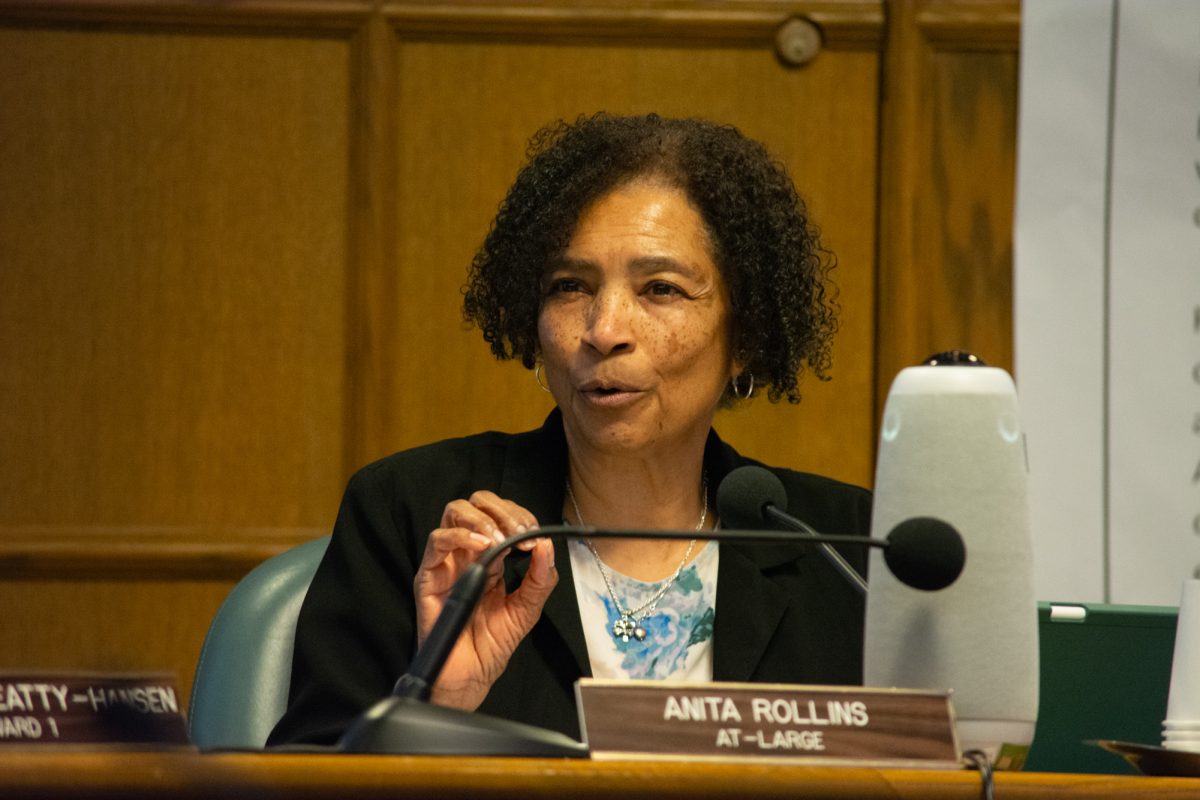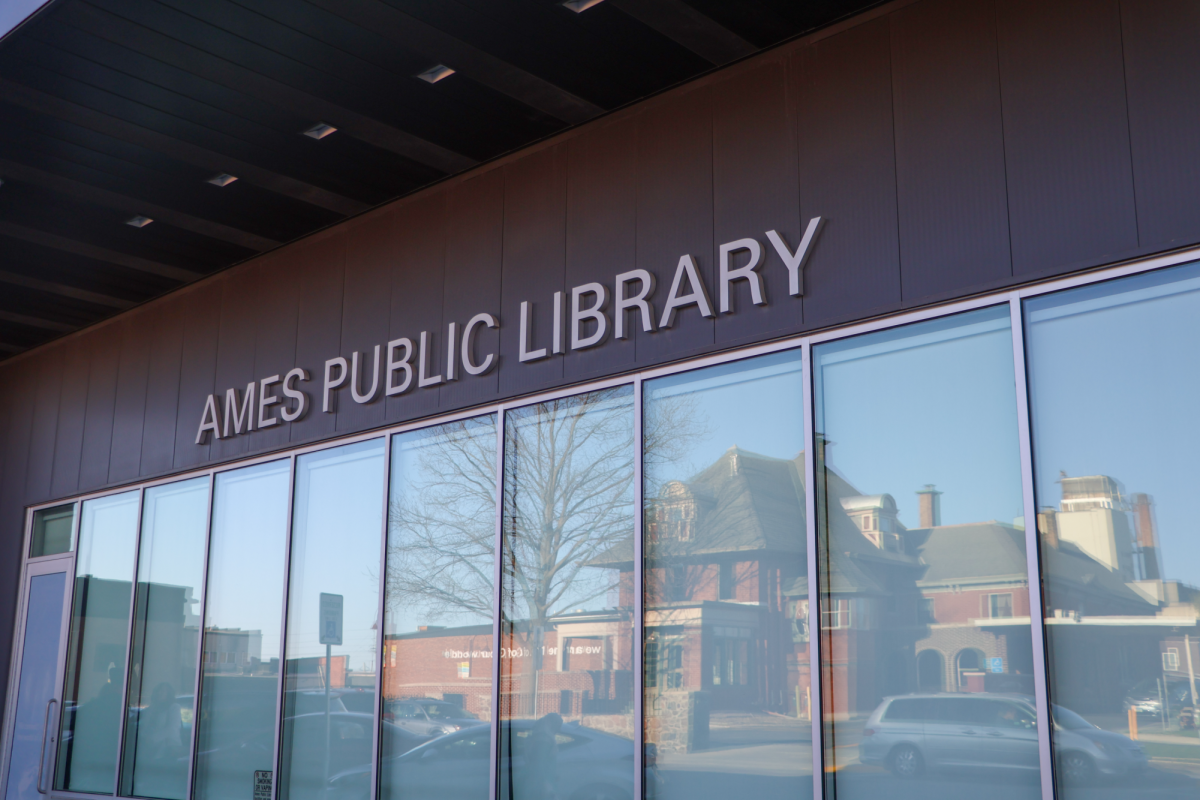Walkable, diverse neighborhoods discussed at ISU design lecture
April 2, 2015
Imagine that you are given five minutes to walk from your home.
Within that five-minute walk, what do you come across? Are there any parks? Convenience stores? Gas stations?
Some people may be able to answer yes to this question. However, a bulk of the nation would get nowhere useful in those short five minutes without a car. This issue is a matter of a lack of walkable diverse neighborhoods.
To conclude the College of Design’s 2014-15 lecture series, Emily Talen, a professor in the School of Geographical Sciences and Urban Planning at Arizona State, gave a lecture focusing on walkable and diverse neighborhoods on Wednesday.
According to a study done by Talen and Julia Koschinsky, walkable diverse neighborhoods can be identified as a type of neighborhood that is “defined by services within walking distance of residents, a pedestrian orientation that minimizes car dependence and a level of density and land-use diversity that is higher than the typical American suburb.”
Diverse walkable neighborhoods have a variety of resources available within the neighborhood, which serve the residents’ needs. Having more amenities within a neighborhood provides lower carbon emissions, increased physical activity, safety, a lowering fear of crime and a more social environment, Talen found.
Talen said human beings have been notorious for wanting things to be done more efficiently or as quickly as possible. Having clusters of resources provided through walkable, diverse neighborhoods makes this achievable without needing a vehicle.
“Cars are burdensome,” Talen said. “You need to store them, wash them, care for them and so on. They’re not as liberating as they used to be. However, walkable doesn’t mean no car. We’re just trying to rely less on them.”
Despite the pleasant picture we have in our minds of a neighborhood that fits these criteria, we’re a long ways from achieving walkable diversity as a norm, Talen said.
According to the website WalkScore, only 14 percent of neighborhoods in the 359 U.S. metropolitan regions are “places where most errands can be accomplished on foot,” as opposed to needing to drive everywhere.
WalkScore also measures your accessibility depending on where you live. That is, if you plug in your address, WalkScore will assess how much you could access in a five- to 10-minute walk. Only 7 percent of America has a score above 80, which isn’t even that high or impressive, Talen said. The city of Ames has an overall score of 39.
“The problem today is that walkability and diversity are moving in two different directions,” Talen said. “I believe that one of the best things we can do right now is recognize neighborhoods that are already walkable and more diverse and focus on how to sustain and maintain them.”







